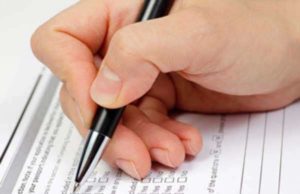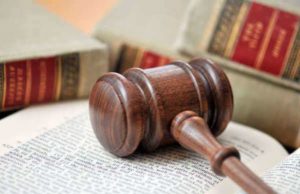How to Prove Dilution

The Dilution Act Blurring
Occurs when confusion is caused among consumers because the similarities between two trademarks is too great and the public view of the companies is altered. If consumers begin to not see the trademarks and their companies as unique, blurring as occurred.
Tarnishment
Tarnishment occur when a similarly looking trademark and the company offer unsavory goods or services. The company could also offer inferior products. This effects the plaintiff because some people in the public are relating the inferior products to the plaintiff’s company due to the similarities in their trademarks.
Civil trials regarding trademark dilution do not require the plaintiff to show trademark dilution took place beyond a reasonable doubt. If the judge believes either a blurring or tarnishment of trademarks took place, the judge will rule in favor of the plaintiff. The defendant will likely have an injunction placed against the use of their trademark.

















